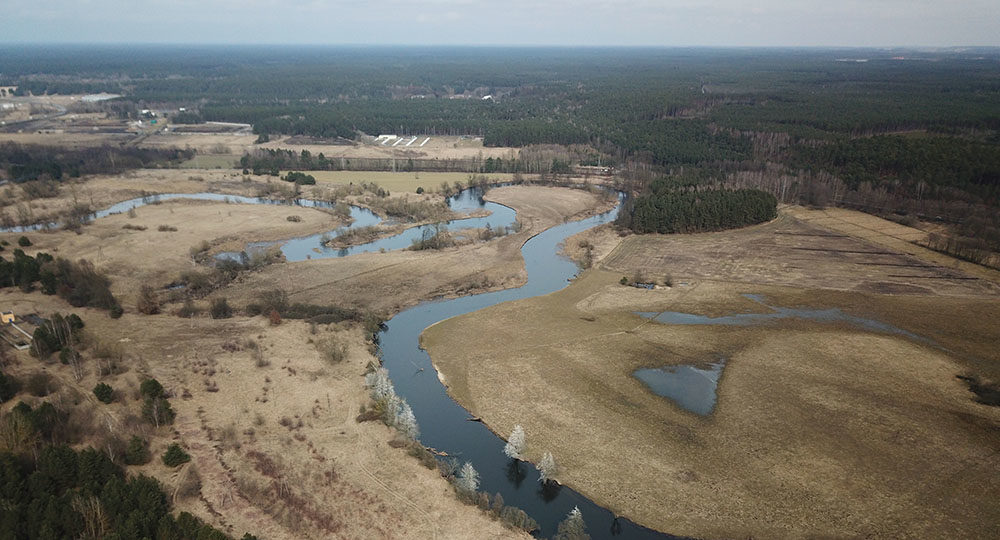


“American Jewry is in the midst of a spiritual holocaust, one it has unleashed upon itself,” says syndicated columnist Sheldon Engelmayer. Engelmayer’s sentiment is being echoed by the Jewish religious community on many fronts these days.
What did the Jewish people of Jesus’ day believe about the Messiah? What Messianic preconceptions greeted Jesus’ claim to be the Son of God and the Messiah of Israel?
Many questions have been asked recently about the Jewish people in Ethiopia and their immigration to Israel. These Ethiopian Jews are sometimes referred to as the Falashas. Who are they? How did they become Jewish?
The 19th century witnessed thousands of European Jews pouring through Ellis Island to their new home in America. They were greeted by words penned by a Jewess, Emma Lazarus, and mounted in bronze...
The history of a people is like a river that flows between two banks. Even when it twists and winds through different lands, it is still the same river.
Most Christians are aware that Jewish people do not accept the gospel. Some have learned that the methods of evangelism they use with Gentiles do not work when they talk to their Jewish friends about...